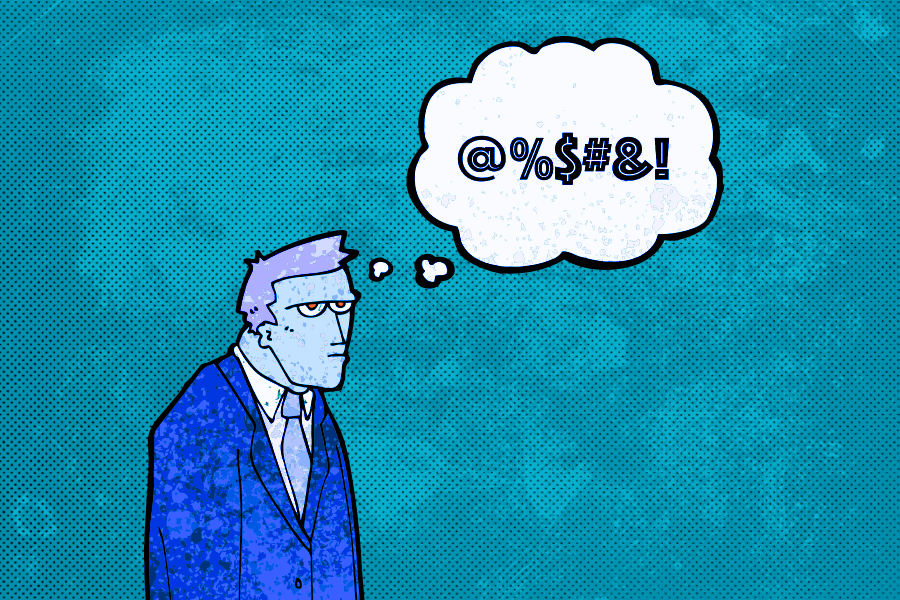Four Insider Secrets to Working with Difficult Clients
April 28, 2016

As a freelancer, I love my clients. Most of them have great ideas, value my input, provide thoughtful feedback, and pay their invoices on time.
There is, however, the other type of client. The ones who fail to communicate clearly, don’t give enough time for a project, provide confusing or irrelevant feedback, and worst of all, don’t sign the checks in a timely fashion.

Rather than rant about my worst client experiences, I’d like to share some tips I’ve learned about working with difficult clients.
1. START WITH A SOLID CREATIVE BRIEF:
A creative brief is a document that the client and creative collaborate on at the beginning of a project. Although the format may vary, briefs tend to provide background on the project, details on the target audience, the objective of the piece or campaign, the unique benefit of what you are advertising, the selling points that back up that unique benefit, the tone of the message, and what action you want the audience to take. By coming to an agreement with the client on the creative brief upfront, you’ll ensure that you’re both on the same page when kicking off the project.
2. MAKE SURE ALL FEEDBACK GOES BACK TO THE BRIEF:
When clients provide feedback, it shouldn’t be in the form of opinions (“I just don’t like the color red.”) Instead, all feedback should refer back to the brief, such as “The copy doesn’t match the friendly, upbeat tone we discussed,” or “The image won’t resonate with our target audience.” Feedback that doesn’t go back to the brief isn’t valid feedback.
3. PUSH BACK:
I’m not saying you should pick fights with your clients all the time, but you shouldn’t be afraid to either. Part of the value we deliver as freelancers—whether graphic design or copywriting or web developers or anything else—is expertise. If clients are asking you to make a change that goes against everything you’ve ever been taught, tell them. Explain why the change won’t work and offer an alternative solution instead.
4. WALK AWAY:
Sometimes, as hard as it can be to do so, you have to walk away from difficult clients. Whether they continually demand unreasonable timelines or haggle over your hourly rate, some clients cost more in headaches than they are willing to pay. Walking away actually preserves the integrity of your personal brand as a freelancer and frees up more time to work with clients who are hopefully not-so difficult.
What’s your secret for dealing with difficult clients? Share in a comment below.
comments powered by Disqus
Social Media
Copyright ® Schmoll Creative, LLC / All rights reserved.